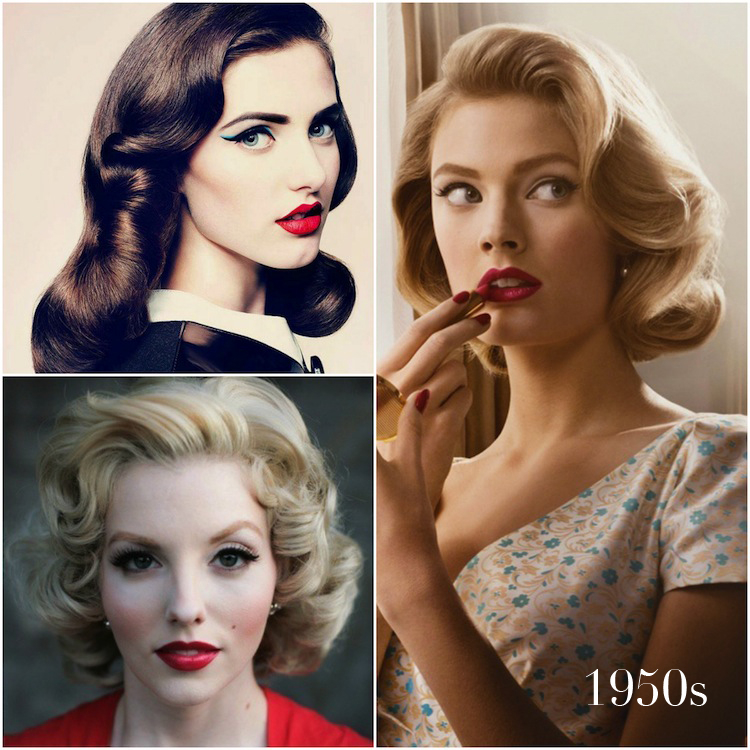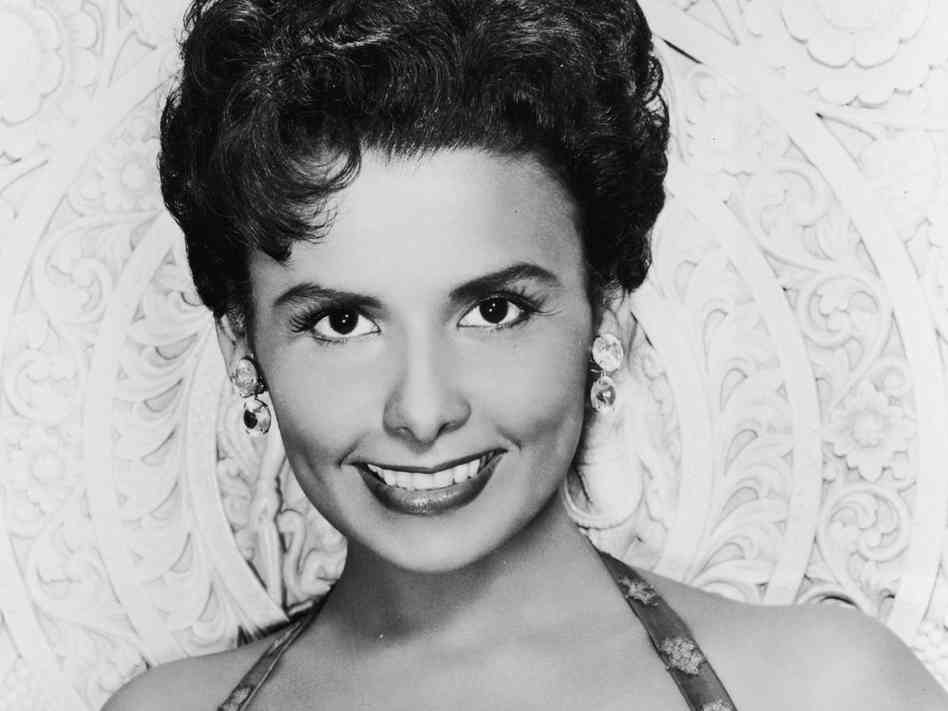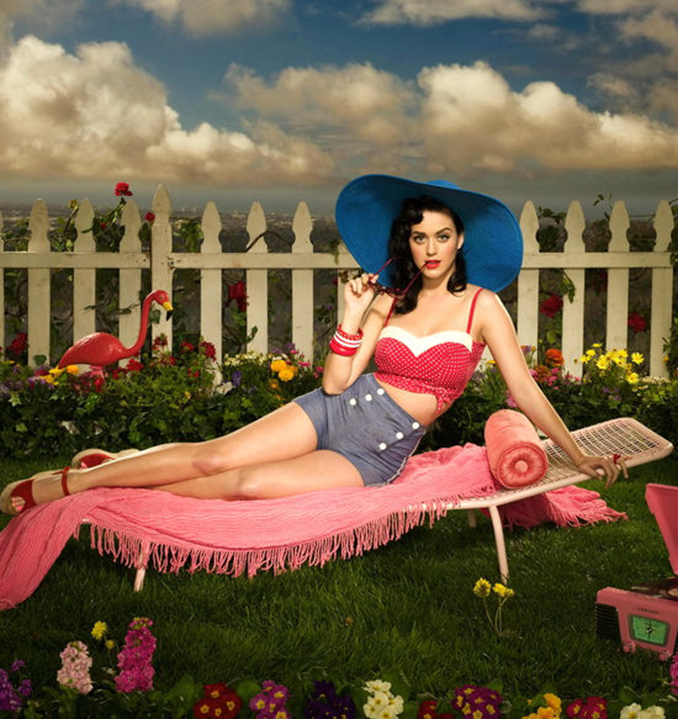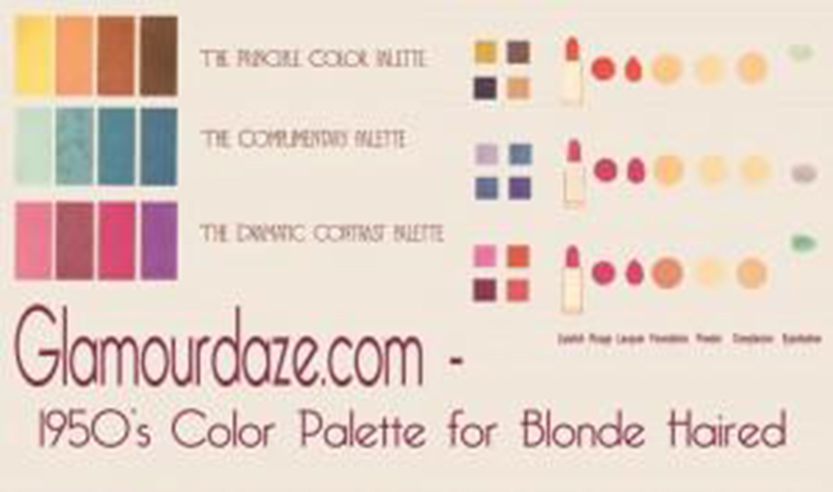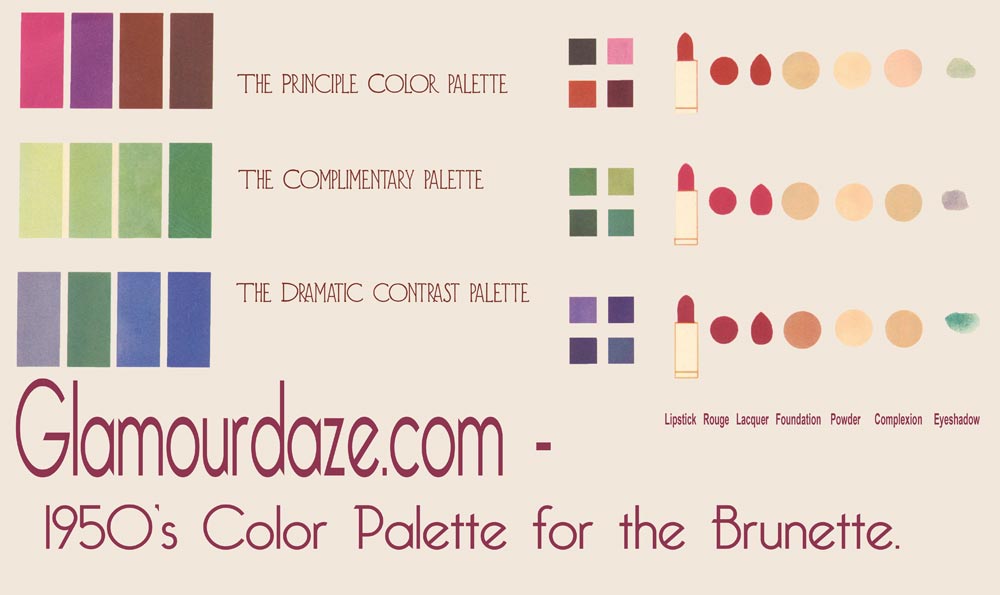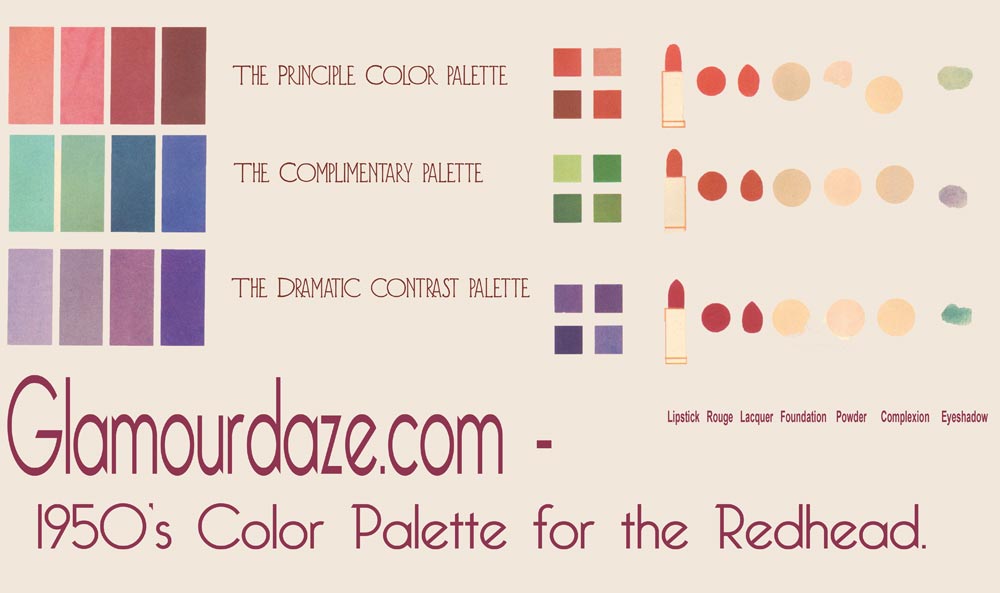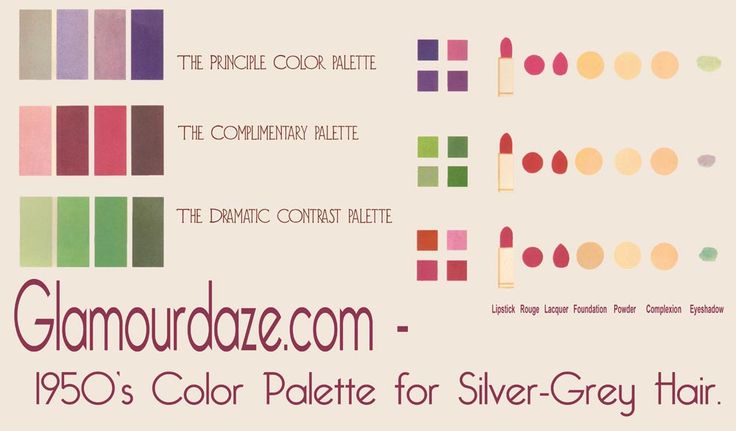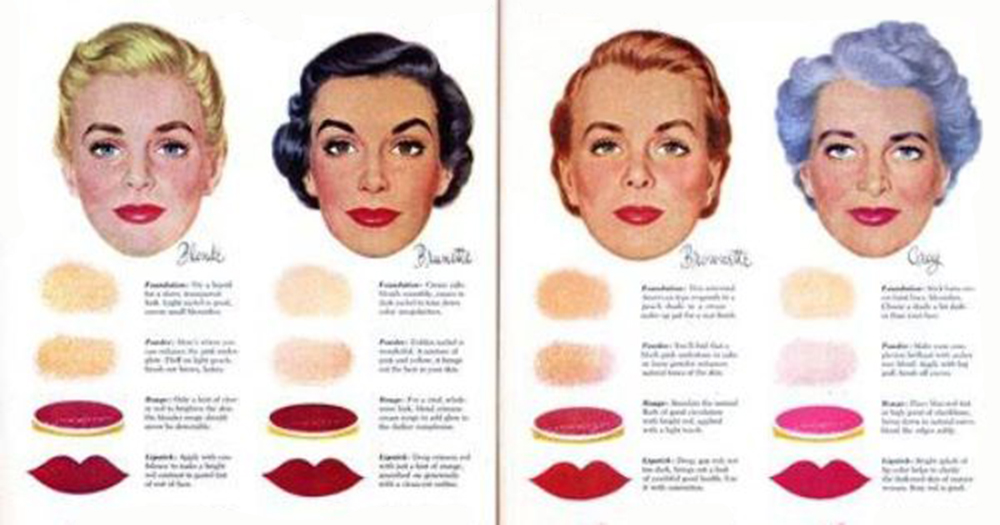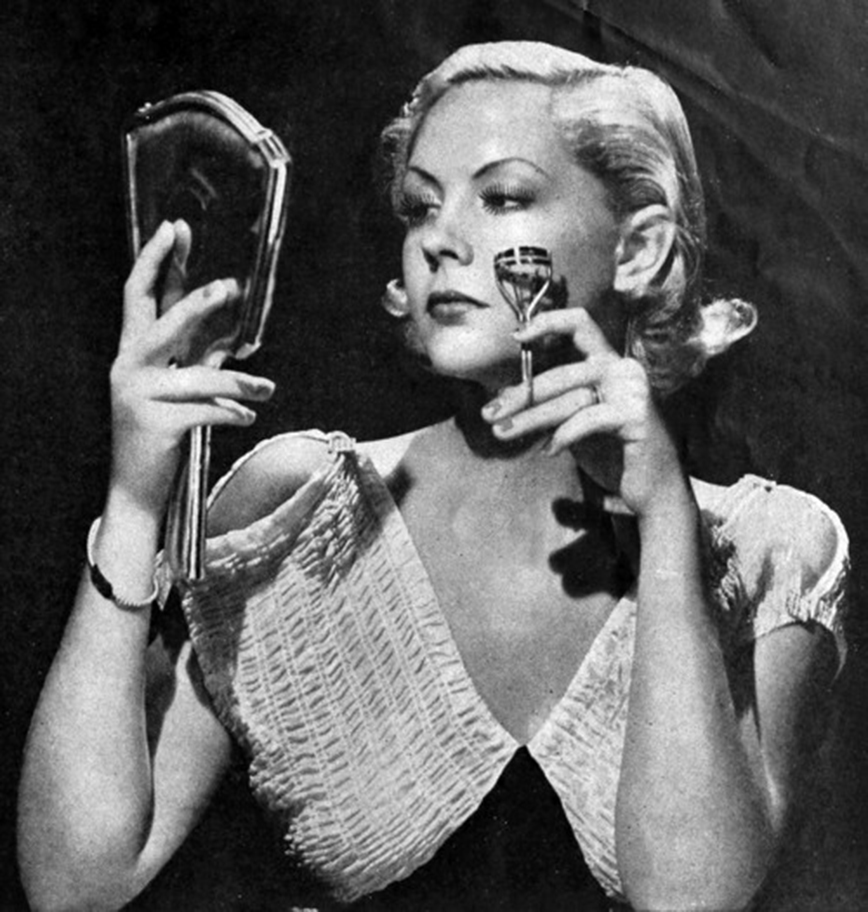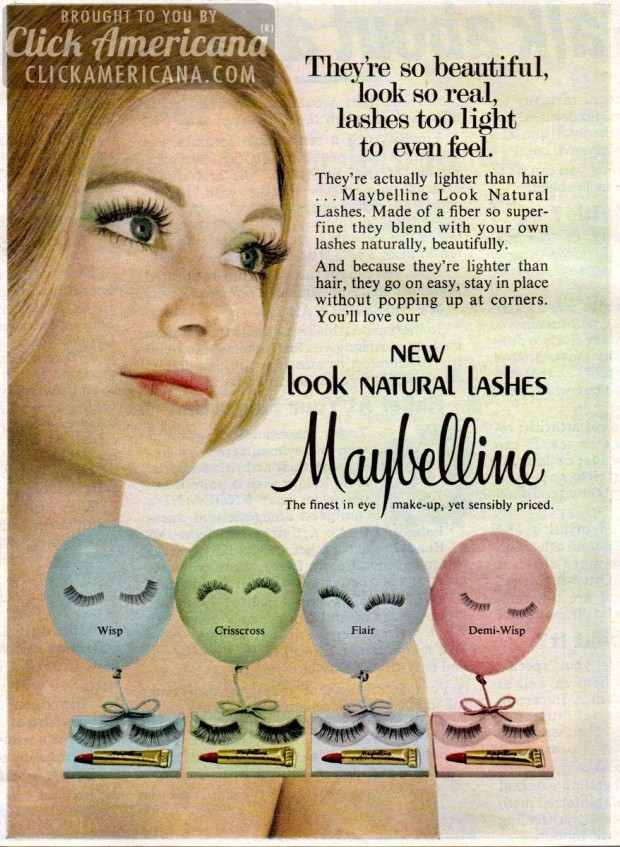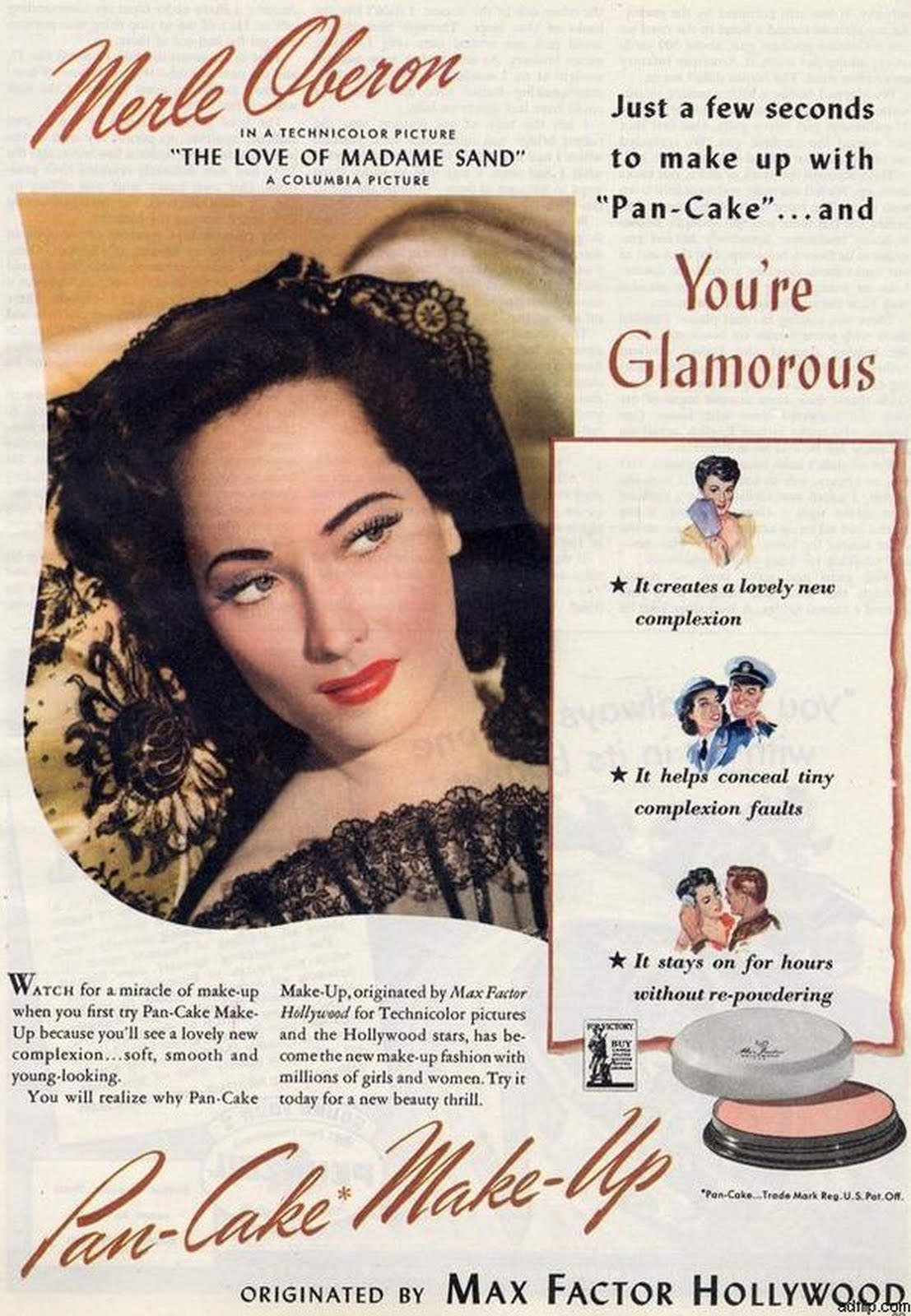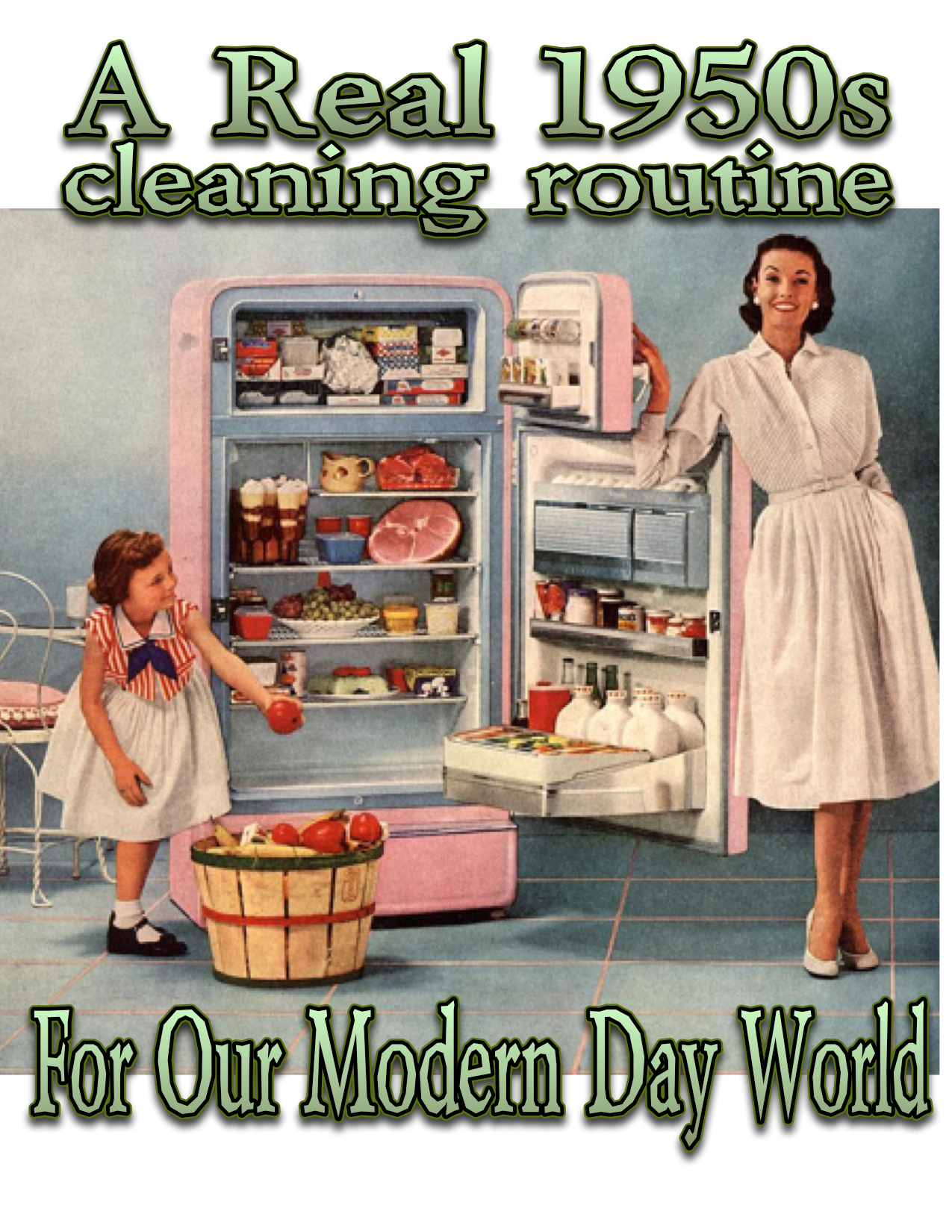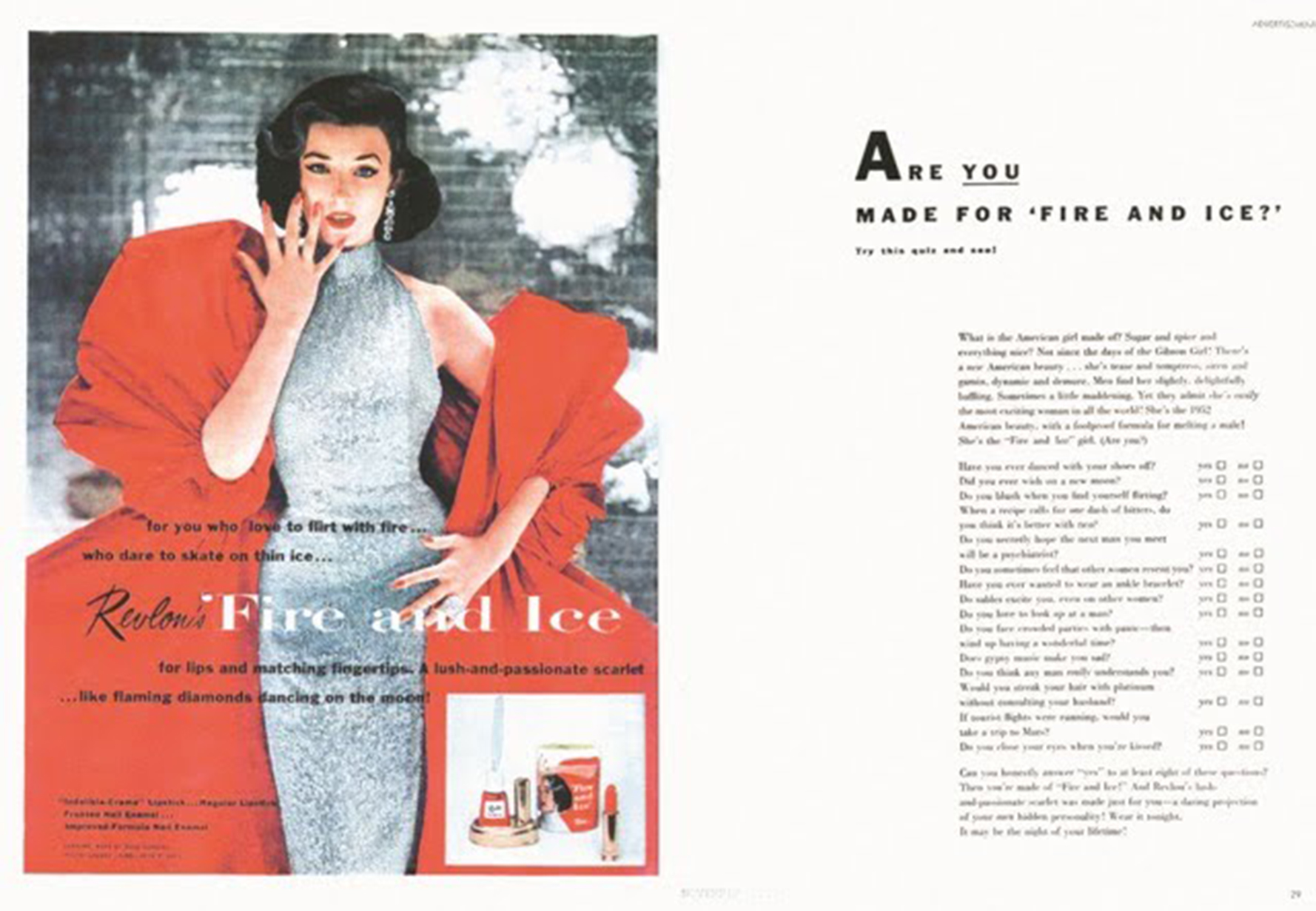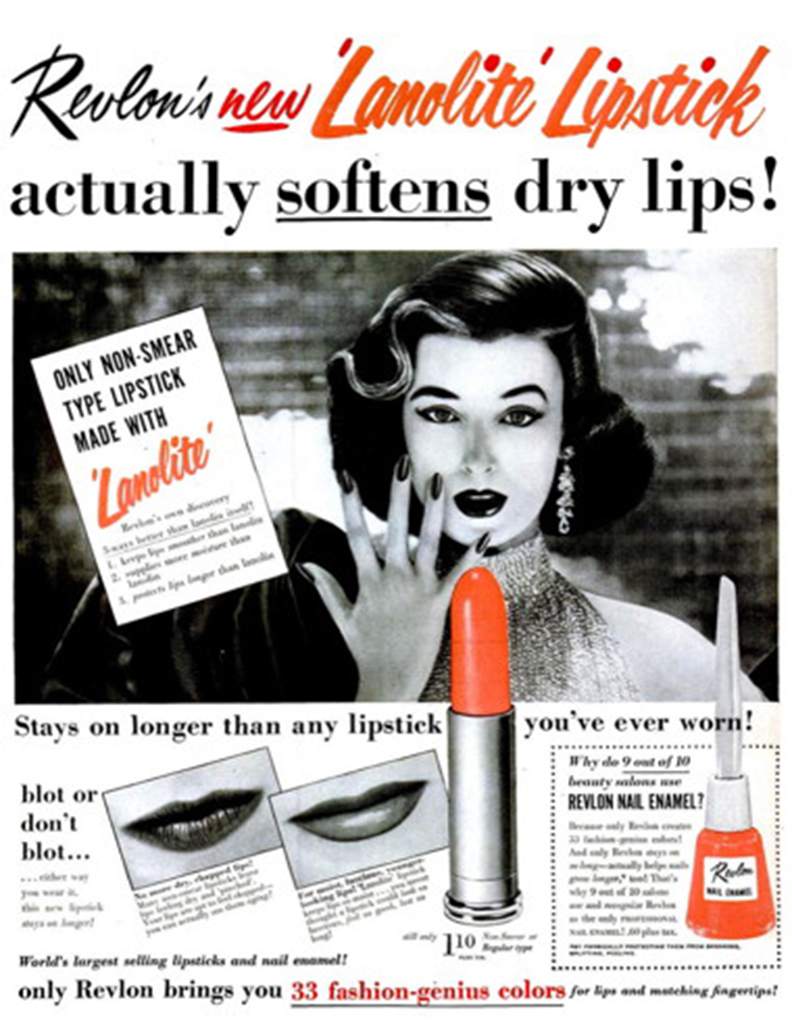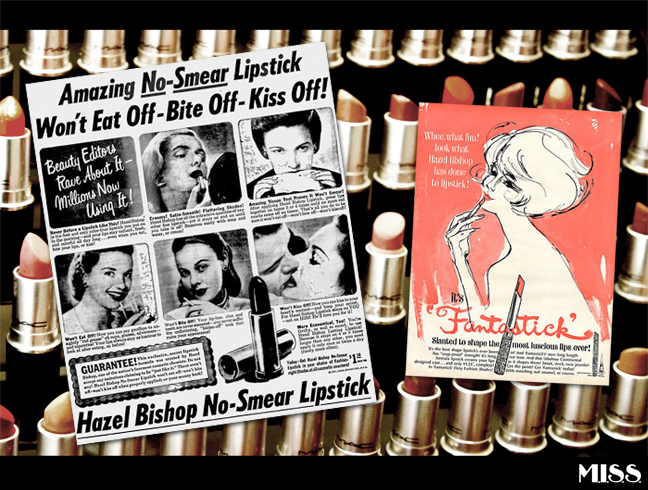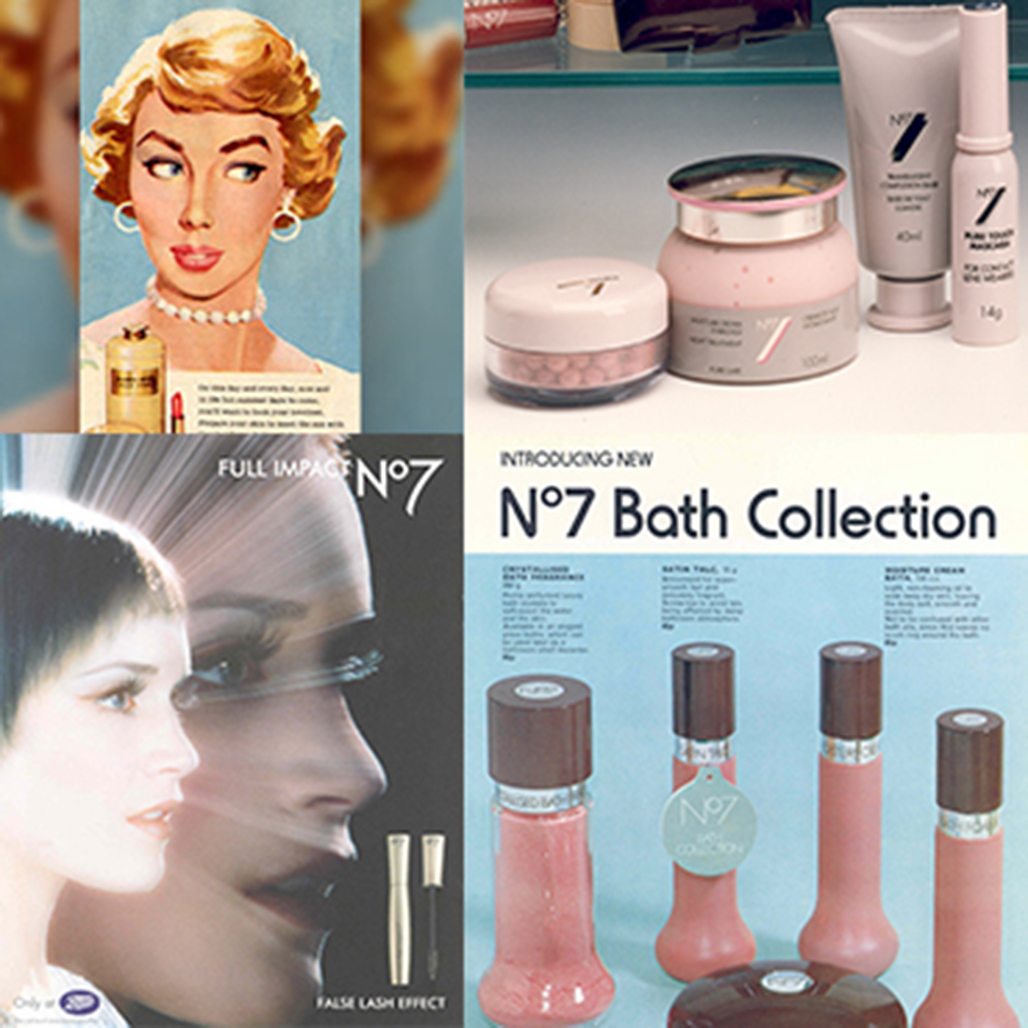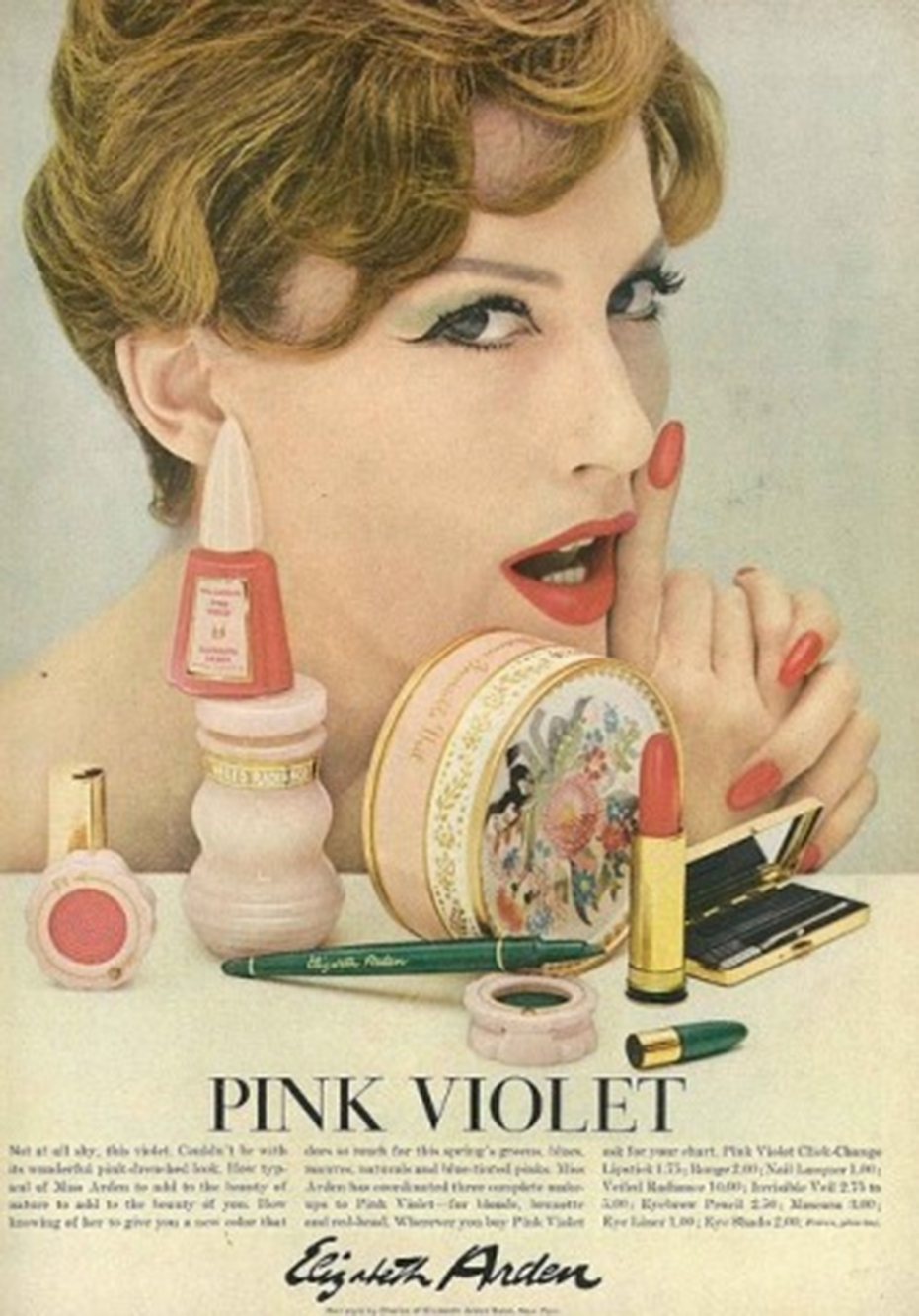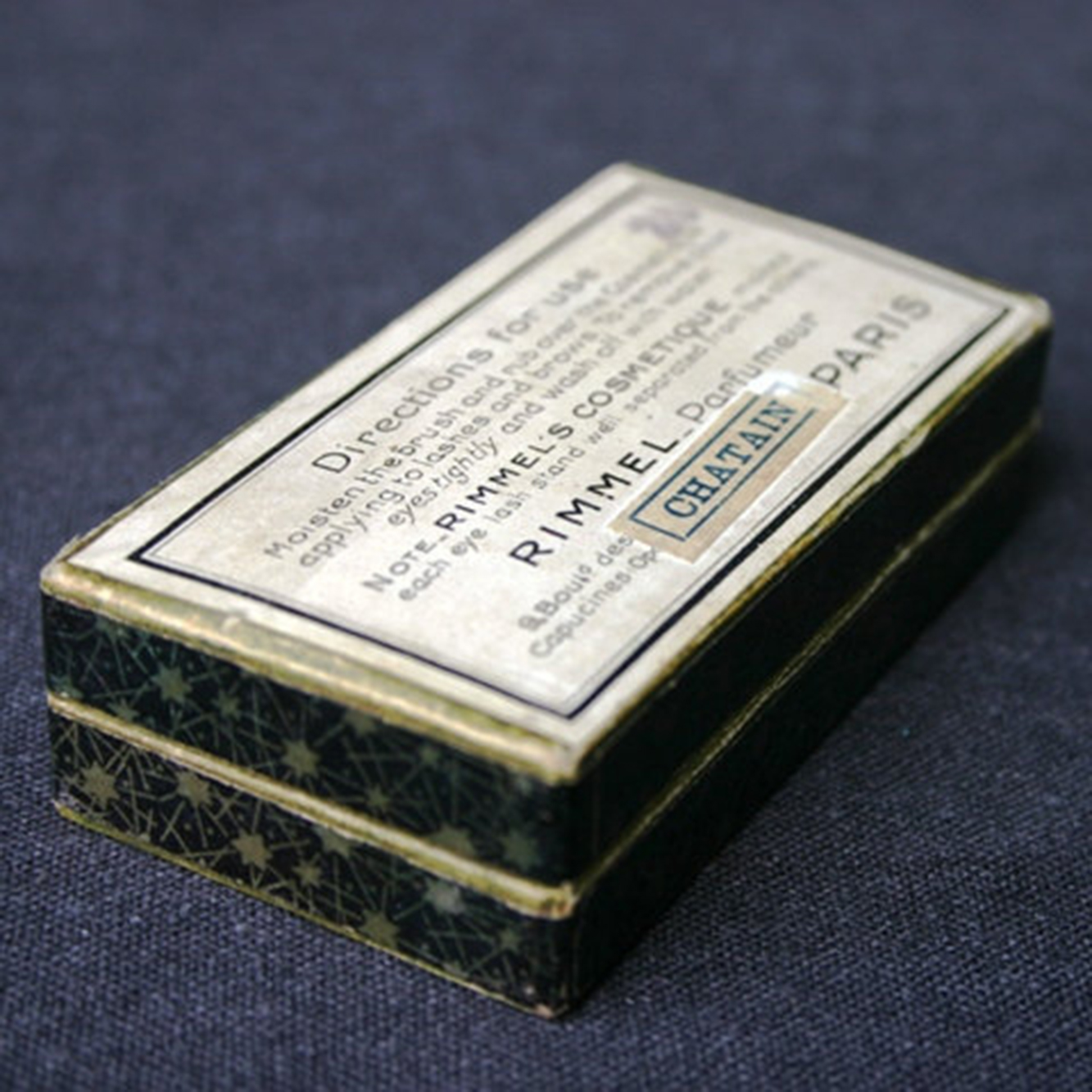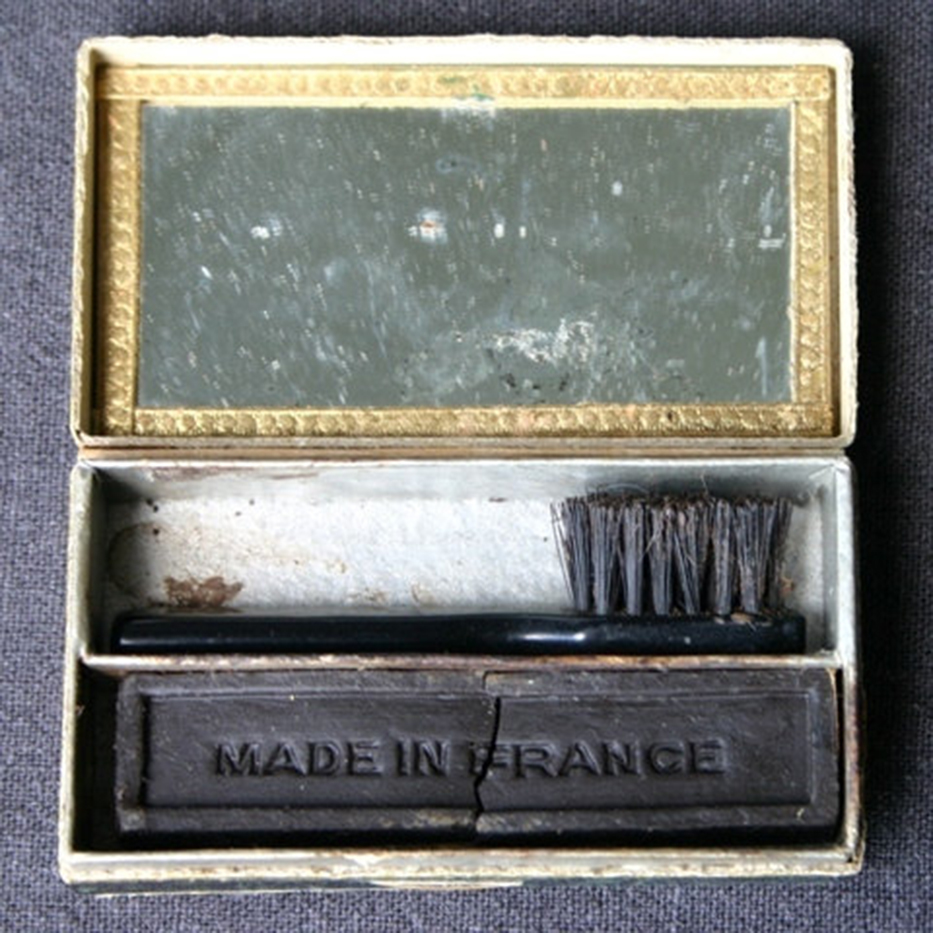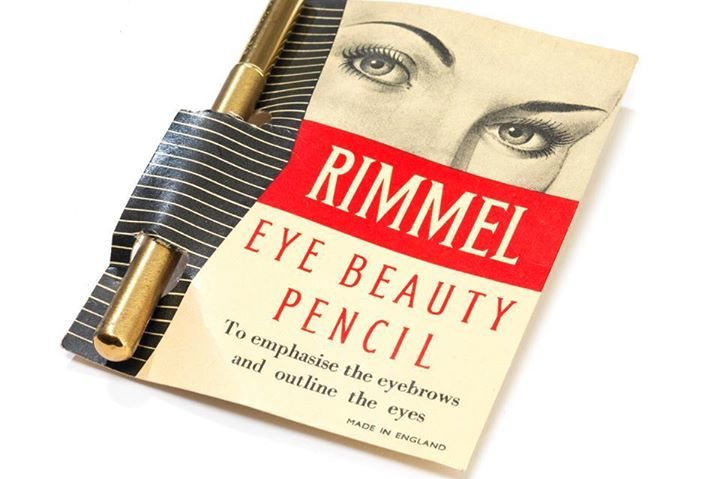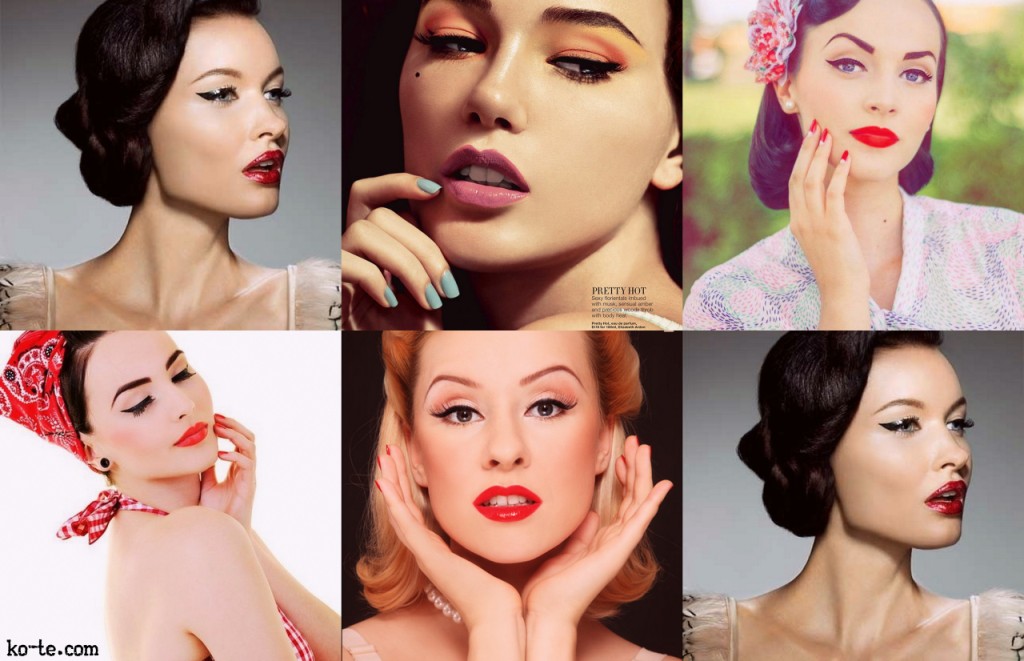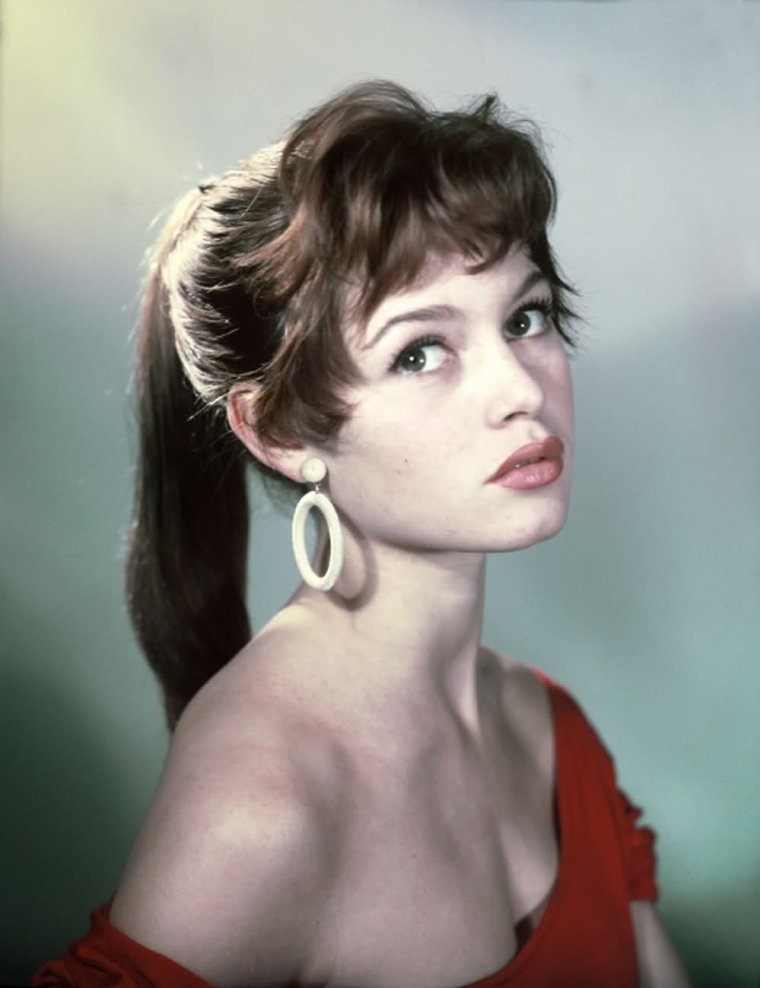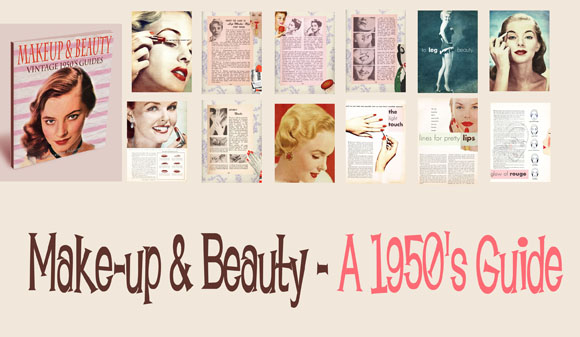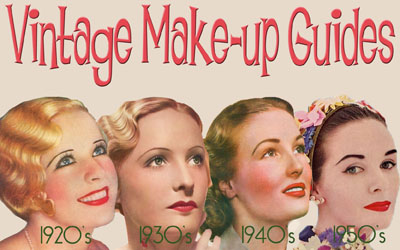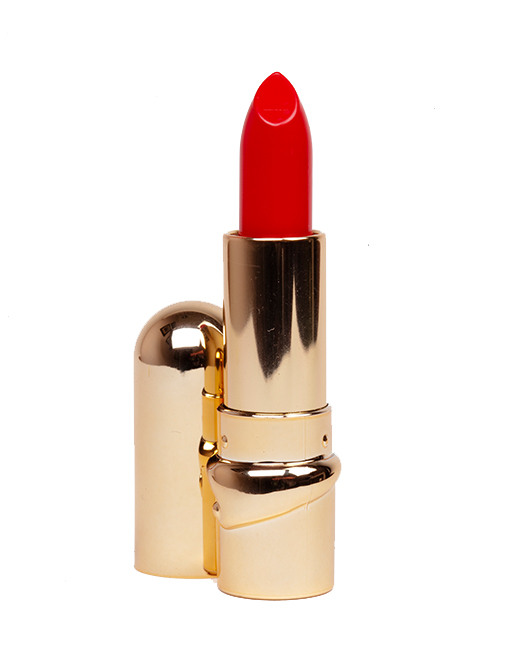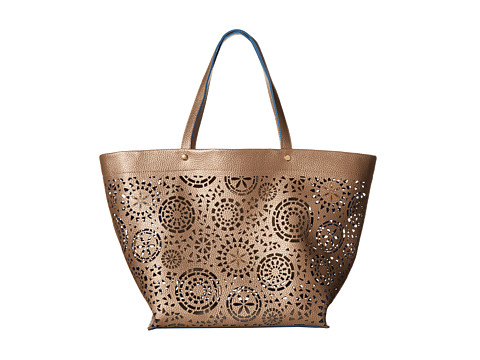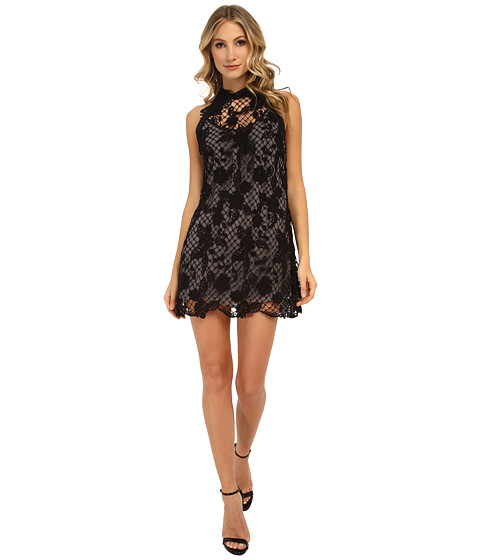Vintage Make Up 1950’s tutorials, facts and Beauty tips
On week 224 we are sharing extensive research on the history of make up in the 1950’s , So much fun to go back and learn what was happening with the colors the process and what women like our mothers were experiencing with the beauty trends in those days, we love it!!
We like to thank you for all your support once again. We have thousands of visitors a week and they give us so much fuel to keep going, we are very grateful of it. Please share with others so they to can benefit, social media is a huge part of a blogs success. We really appreciate the likes and shares there, from all of us at isabel’s beauty Blog.
Lena Horne 1950
The age of makeup entered its golden age in the 1950’s. For the first time, unknown models began to rival the big Hollywood names in becoming the ‘face’ of makeup brands.
I love the look of the 1950’s and have done many shows with it, and always keep the look out for reference sources.
A really glamorous decade for women’s makeup. Creams were the in thing in foundations and shadows. A consistent creamy application of foundation and flesh colored powders to set. Eyebrows still a natural look but more tapered and feminine. Rouges (what we call blush now) were more subtle than in the 1940s. If there was a color to define the 1950s – it has to be pink. Pink hues in shadows and reddish pink lipsticks were favor.
The 1950s had a profound influence on fashion and continues to be a strong influence in contemporary fashion. Some of the world’s most famous fashion icons today such as Christina Aguilera, Katy Perry, and David Beckham regularly wear their hair or indulge in a style of fashion clearly heavily influenced by that of the 1950s. Aguilera is influenced by Marilyn Monroe, Beckham by Steve McQueen and James Dean.
Wishing for you to enjoy these tutorials, videos and accurate resources
Katy Perry 1950’s look
Christina Aguilera 1950’s look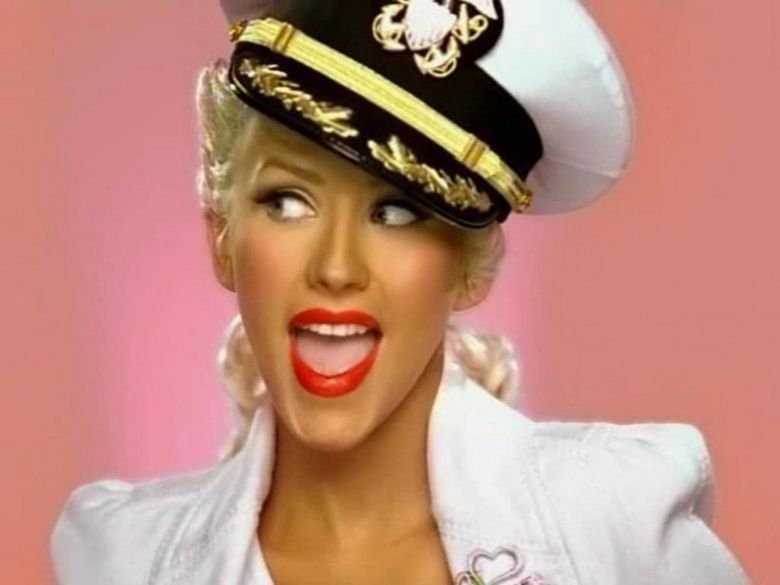
According to: http://vintagemakeupguide.com/1950s-look/
When you think of make-up styles from the 1950s. We think of ladies like Sophia Loren, Audrey Hepburn, Lucille Ball among many others, these women were not only fashion icons but beauty icons for women around the world. Their make-up looks defined the era, and it was without doubt the age of glamour ! beauty salons and powder rooms became hallowed sanctuaries for glamorous women.
The start of color motion pictures inspired an explosion of 1950s makeup.
The 1950s Make-up Color Palette.
Pastels, shades ruled in this decade, pale pinks, greens, blues and yellows, and if ever there was a color that showcased an era, it was the color pink for the 1950s. Audrey Hepburn once stated that she ‘ believed in pink ! ‘ Peaches and cream and pink hues all call to mind the 1950s, both in feminine decor, dress and make-up.
While Russian red was the favorite lip gloss color in the 1940s, it was pinks, purple-reds, and orange-red colors which took the centre stage in the early 1950s.the beauty books of the era spent pages and pages sharing with women on what make-up to wear, for what times of the day, and with which costumes. The art was known as Color Keying.
Pale skin was back in again, and pastel hues in powder wee used. Subtleness was the goal for foundation creams and top names like Elizabeth Arden and Max Factor and Helena Rubinstein jostled for supremacy in a woman’s handbag. Unlike the 1940s, when a dab of powder was all that was available or affordable for a woman, now every day began with a foundation base, a soft mask like complexion that when finished it looks softly done – a blank canvas.You completed the look with peachy or flesh colored powder.
It was common then to extend the natural border of your mouth with liner color, making a girls lips look more feminine and – well – voluptuous and at the same time great for creating the shape desired! Pinks and Reds were the common mix. Orange-red lipsticks for blonde hair, redheads and other medium darker colors; and purple-red lipsticks for dark haired ladies.
A survey in 1951 found that more than two thirds of women now regularly wore lipstick. As a result – long lasting lipstick was the next goal, and the first kiss-proof stay-on lipstick was introduced by a lady called Hazel Bishop in 1950. “It stays on YOU,” declared the ads for Hazel Bishop’s smudge-proof lipstick, “… not on Him! I guess they kissed a lot!” It was so successful that she formed Hazel Bishop Inc the next year. Sales of her lipsticks increased from $49,527 in 1950 to $10,100,682 in 1953 quite a jump in the numbers, smart cookie!
The eye look of the 1950s was essentially very minimal, with little or non eye-shadow applied. Mascara on the other-hand was everyone’s favorite huge accessory. Generous dabs of mascara added a flushing femininity to a woman eyes.A soft but definite liner was then applied along the upper lash and softly swept out in a short wing like motion, opening up the eyes. many women used their blush for an ever so light touch-up over the brows, in the evening time, I still use that trick, my mentor Way Bandy introduced me to it. Rosy and pastel hues of rouge applied to the apple of the cheek finished off the look.
The Key Makeup Looks of the 1950’s.
- Foundation – A cream ivory base, and cream or liquid foundation near to natural skin color.
- Powders – brushed on flesh colored powder to set.
- Eyes – subtle shadows on lid – taped out to shimmering pale brow.
- Eyeliner – the wing effect became popular in the 1950s.
- Lashes – subtle and applied usually to the upper lashes.
- Rouges – pastel and rose colors applied to the apple of the cheek.
- Lips – many tutorials advised creating a ‘smile’ effect with lipsticks.
Mascara from brand leaders such as Maybelline were a must cosmetic to have in your handbag. Though it wasn’t until the 1960s that women applied it to lower lashes again [ as in the 1920’s ]. Loads of newly patented cosmetic tools like eyelash curlers and eyebrow stencils helped young women achieve the look of their like.
The Cat eye-line or the winged tip which defines the current retro pinup look – such a simple innovation, added real glamour to a girls eyes and was often preferred by women instead of heavy eyeshadow look.
Max Factor
Lets talk about Max Factor was a very important brand in the history of cosmetics! Max Factor began experimenting with various compounds in an effort to develop a suitable make-up for the stars in the new film medium. By 1914 he had perfected the first ever cosmetic with this major achievement to his credit, Max Factor became the authority on cosmetics and an innovator of his time. The development of Technicolor film in the 1950’s required the company to develop a new line of products as its existing panchromatic make-up left a slight sheen on the skin that reflected surrounding colors and piked up excess light. Max Factor developed the Pan stick that was a very desirable item both on and of the screen. In 1947 after 26 months of development by Max Factor, Jr., the company released “Pan-Stick”; it was released to the public in 1948 and was a huge commercial success.
Women’s magazines began featuring guides to makeup application and women everywhere started to experiment with cosmetics. Pan Cake would be applied to even out “Flaws”. Then, the mixing of colors would begin and a bold, colorful canvas would emerge , rosy cheeks and neutral-toned eyelids. It was later in the decade when companies began adding titanium to their products to tone down the bright color of many products, resulting in a more natural look.
This was the decade of the fashionable, glamorous homemaker. Women began baking apple pies and vacuuming the house in heels, dresses and fully made up faces. Cosmetic companies capitalized on this emerging trend and targeted ads towards married women who had to look good for their husbands,wow that is a thought house chores fully made up wee! I personally wood have trashed my clothes in the process.
Acording to lipstickandcurls.net
As in previous decades women took beauty inspiration from the big screen and the movie starlets of the decade, with the explosion of color, from the motion pictures in the 1950s women were now fully able to see the make up the stars were wearing and Technicolor showed up beautifully in an array of cherry, fire engine red lips, warm bright blush and also the flawlessness of the skin. Women took this vibrant look and wore it day and night as a fashionable style of this period. Cosmetic brands were an important part of the process as now offering more choice than ever and more availability to the average housewife of the time. These cosmetic brands changed the face of the decade with the vibrant reds and cherries at the start of the decade and then with the addition of titanium to the products (it was added to mute the colors, we see more of a peach, pinkish tones towards the latter process. Cosmetics and cosmetic science was and still is bigger than ever as companies are always looking for ways to improve a product or adapt an old classic to coincide with current fashions and trends. Some of the brands available today have been working their magic for years, below is a look at the popular cosmetic brands of the 1950’s and how they play an important role in beauty history!
Estee Lauder
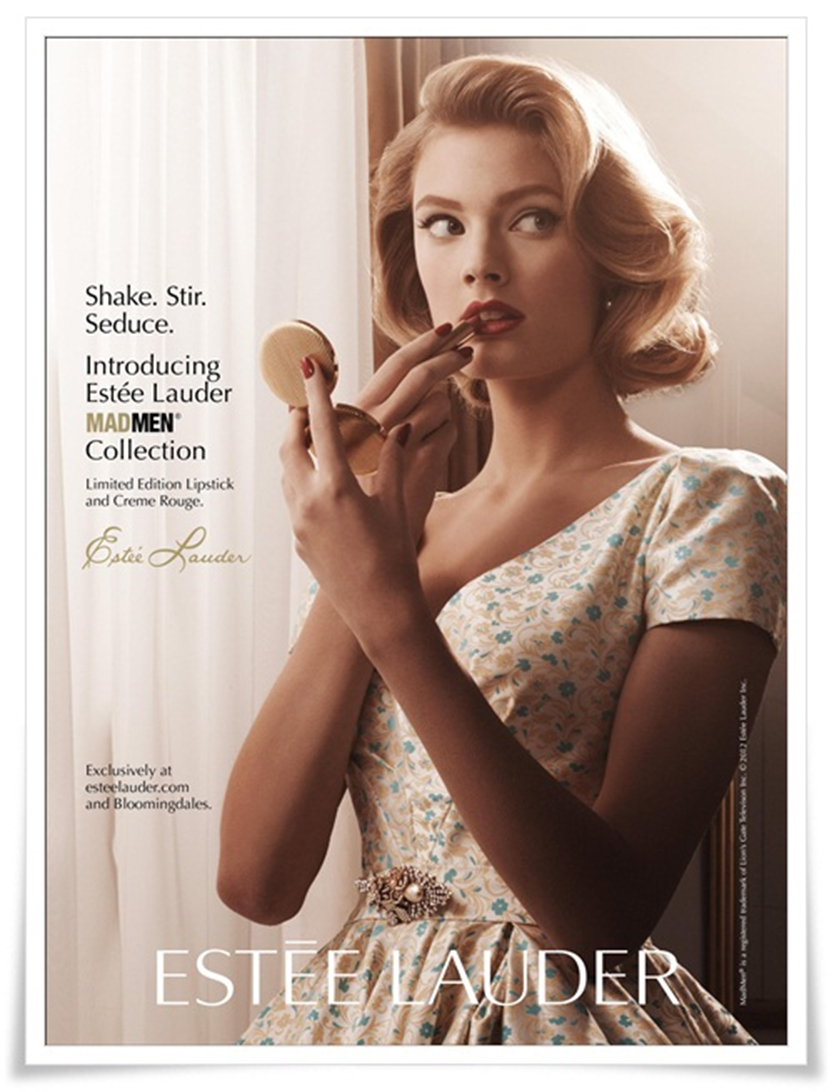
Estee Lauder began in 1946 in New York as primarily a skin care line with a hand full of products. Joseph Lauder and his wife Estee expanded and in the 1950’s was the first company to introduce the free sample and gift with purchase, giving away miniature lipsticks, rouges, eye shadows, and face creams. Today this plays a key role in our shopping experience and the companies marketing strategies, I love the little goodies and I learned that if it is seasonal I purchase a few extra in case they became unavailable.
Revlon
Revlon was founded in 1932 by two brothers and a chemist, with just one product a nail enamel. The company moved into stores and soon became a popular household name. In the 1950’s Revlon decided to start bringing out lipstick shades every six months rather than annually, so that women would think of lipstick as a shorter-lived product and buy it more frequently It was Revlon too that launched the most famous lipstick advertising campaign of the decade, a campaign entitled “Fire & Ice” that first ran in 1952 with a two-page, full-color spread featuring model Dorian Leigh on the first page. The brand also famously issued questions to its customers to ensure the lipstick they were choosing did indeed suit their personality as well as their face!
It was Charles Revson, who co-founded Revlon, who made nail polish popular in the United States. In the 1950s, Revson spearheaded some advertising campaigns for matching nail polishes and lipsticks that are still lauded to this day. He tied the personality of his potential customer to the product, most notably in the “Fire and Ice” advertisements — if you were the type of woman who wanted to bleach her hair platinum without her husband’s consent ( funny about the consent part), for example, then you were the perfect candidate for this new color of lipstick and nail polish. Revson was threatened, however, when a new kissproof lipstick entered the market to great acclaim. In the 1950s, chemist Hazel Bishop developed the formula for a lipstick that would stay put, and the success of her product resulted in “the lipstick wars” between Bishop’s company and Revlon.
Ultimately, Bishop didn’t prove herself to be as canny an entrepreneur as Revson and other personalities of the time.
Revlon 1950’s Lanolin Lipstick
Hazel Bishop’s No Smear Lipstick
No7
No7 Cosmetics was born in 1935 although properly relaunched (after ceasing production during the war) in 1952. The brand was completely influenced by Hollywood and was the first brand to add a synthetic pearl pigment to its products giving it a shiny white effect.
Elizabeth Arden
Elizabeth Arden (née Florence Nightingale Graham) started her salon in 1910 on 5th Avenue in Manhattan. Her salon’s signature was a bright red door, and the salon and her treatments soon became popular with the masses. The business expanded into a complete line of cosmetics, perfume this brand was popular in the 1950’s for it’s extensive range of lipsticks and matching nail polishes.
A world leader in the cosmetics industry since the 1920s, Elizabeth Arden was acquired by Unilever PLC, a conglomerate of consumer product companies, in 1990. It became an independent, publicly owned company in 2001, when it was purchased by FFI Fragrances. That company took the Elizabeth Arden name.
Elizabeth Arden, who founded the company in 1911, can be credited with singlehandedly laying the foundations of the modern American cosmetics industry. Elizabeth Arden was born Florence Nightingale Graham in Canada during the late 1870s. Named after the renowned nurse who served during the Crimean War, Graham grew up in a large, poverty-stricken family. She was unable to finish high school because her family lacked the finances, she told herself that nursing was her true vocation and she trained for that profession. Graham quickly realized that the decision was a mistake. It was sales, not suffering humanity, that finally lured her and tapped into her real talents.
While she was a student nurse, Graham discovered a chemist experimenting with a facial cream that could help acne sufferers. The concept intrigued her, leading to her conviction that most women would give anything for beauty.
Landing a job as a bookkeeper for the prominent Squibb Pharmaceutical Company, she was impressed by the state-of-the-art laboratories and the constant attention to research and development. This inspired her to fashion a small lab of her own, where she might “scientifically” test out her own ideas for beauty products. Before venturing into this unknown arena, however, Graham quit her job at Squibb to become an assistant in a newly established beauty culture salon. Catering to a wealthy clientele, these early beauty parlors came to be the nucleus of the future cosmetics industry.
While the suffragettes were taking steps towards women’s rights, their emancipation had not reached the point where “Miss” connoted respectability, and Graham decided to use “Mrs.” Her former partner’s name, Elizabeth, appealed to her, although a new last name was harder to come by. She finally chose Arden after reading the name in a poem by Alfred, Lord Tennyson. The new name seemed to evoke the prestige and understated glamour that Graham not only craved for her business, but for herself as well. Thus Florence Nightingale Graham became Elizabeth Arden. Her life story is a perfect example to strive in life and not let average challenges stop us from doing what we truly believe is our passion!!!
Rimmel
Rimmel began its life in 1824, when a teenage Eugene Rimmel became his father’s apprentice at his newly opened perfumery in London. Eugene was an expert perfumer himself, and had a passion for cosmetics, at the age of 24 he opened up his own flagship store in Regent Street. When he died, in 1887, his two sons took over the business and it grew and grew. Rimmel played a key role in eye make up revolution in particular the mascaras, which flew off the shelves. In fact, the word ‘rimmel’ means mascara in many languages. The brand has changed hands numerous times since the Second World War and for the past 16 years it has been part of the fragrance company Coty Inc. The range is now sold in more than 40 countries and is Britain’s best-selling cosmetics brand.
By the 1950’s cosmetics were a big business and advertising was a key role in the marketing of the products. Other important brands of the decade that sadly no longer continue to trade are Gala who added titanium to their lipsticks to give them a bright white appearance on application they also made a lot of mid tone colors in lipsticks. Goya was an important brand too as it was the first to develop the lip liner and offered a dual product for lipstick application. These beauty products were now also available for the masses and at the lower end of the price scale; Woolworths produced a more affordable lipstick line.
1950s Makeup: What You Need
from: http://vintagedancer.com/1950s/1950s-makeup/
For this tutorial we are focusing on what real women wore on a day to day fashion. There are plenty of other 1950s makeup tutorials online that focus on heavier Hollywood, Pinup, or Rockabilly ’50s looks. They certainly have their place in history but for 99% of women, this is the makeup they wore.
- Foundation & Powder: One shade darker than skin tone with a slightly pink tint.
- Rouge: Light pink cream rouge if you can find it. Powder blush if you can’t.
- Eyebrow Pencil: Natural or one shade darker than natural
- Eye Liner: Brown or black for day wear. Colors to match your eye shadow if you want to be trendy.
- Eye shadow: Shades that coordinate with your eye color for most looks. Brighter shades to match your dress or accessories.
- Mascara: Cake mascara will give you the most authentic look. Brush mascara for a “thick” look is second best.
- Lipstick: Red, pinks, coral and orange tints in a matte finish. One shade lighter for day wear and darker for evening.
Foundation:
A pretty face begins with a empty pallet. After all night cream is washed off a layer of foundation cream is rubbed in to match the skin or a little bit darker.
After the foundation is on use cream rouge (not powder) applied in dots all over the face. Blend is all in so that your skin is now a pale pink (even if you have very dark skin a glow of pink is very important.) Add a little contouring by creating another layer of rouge on the forehead and just a tiny dab on the nose.
The ideal face shape of the 1950s was the oval face. If you have a square, round, diamond, heart or other shaped face there are tricks you can learn using darker and lighter powders to couture your face into the illusion of an oval. I recommend reading a 1950s beauty book to learn how (yes you can use modern sources too, but I guarantee they will not look the same.)
Rouge, blush:
Rosy red checks were out of fashion in the 1950s. If any rouge was used it was for contouring the cheekbones. Apply a little creme rouge on the upper cheekbones and brush upwards to the temple, blending as you go. This high rouge application gives the face an overall lift. If you have naturally defined cheekbones you do not need this step. For round or pear shaped faces the rouge is applied a little lower and further out towards the ears.
Choosing a rouge color is best by trial and error. If you are going to be under artificial lights you may want to use a lighter shade since artificial lights tend to darken makeup.
A powder rouge should be applied after a dusting of face powder (next step) only if needed to bring out a touch more color. The ideal rouge is one that ads a health glow to the skin, not to have a painted face.
Face Powder:
On top the your now pink tone skin should go a light application of loose powder that is a tone darker than your skin. Press the powder into your skin than wait a few minutes before brushing off the excess. The purpose of the powder is to reduce shine and give an overall blended tone to the entire face. Choosing too light a powder will create a clown face (yikes!)
Consider powdering your neck, shoulders and chest too if exposed with a low neck evening gown.
Eye Shadow:
Eye shadow in the early ’40s was seen as a subtle shadow not a color statement. Women were encourage to keep its use light and natural. This all changed by the mid 1950s when women were wearing colorful eye shadows that matched their couches, curtains, shoes and handbags. Popular colors were dusty purple, violet, ice blue, silver, light or dark green, teal and gold. For day wear matching shadow to eye color was the most common. For evening a tint of silver for light eyes and gold for darker eyes was more elegant.
Eye shadow came in powder form but also liquid or creme which went on smoother and controlled the line. Eleanor Arnett of Beauty is Not an Age (1955) says “Do be careful about your eye shadow. That, again, can make you seem exhausted unless skillfully applied. This you do lightly, apply to the lower part of the upper eye lid only, unless you’re really young and can afford to look tricky.” Others disagreed and suggested shadow fade up to the brow line. As the decade progress the recommended amount of eye shadow grew with each year.
To apply, rub with your finger shadow on to the lower lid about 1/8 inch and only slighhtly past the outside edge. Use your pinky finger for the edges. If you have small eyes, extend the shadow out past your crease another 1/8 inch. For deep set eyes shadow will be hardly noticeable on the lower lid so use more on the upper.
Eyebrows:
Well defined eyebrows were the iconic look of the 1950s. Most women tweazed their natural eyebrows to a thin, shapely line, and then darkened them with eye brow pencil. Most eyebrow shapes tapered from a thicker inner corner to a sharp pointed outer tip. Use short brush strokes to mimic the drawing of single hairs. The eyebrow arch could be straight across, slightly arched or deeply arched depending on your face shape:
- For Round/Square faces: A deep, high arch
- For Oval faces: slight or natural arch
- For Long faces: Straight across, minimal arch
- For Almond eyes: Follow the angle of your eye
In the mid 1950s the mandarin eyebrow trend removed the natural brow tips and drew back in the brow with an upward sweep much like the wing effect with eye liner. No two brows were ever perfectly asymmetrical and that was part of the charm of a 1950s painted face.
For women who didn’t want to use an eye brown pencil or were going for a more natural look simply shaping the brows in their natural best was recommended. One tip suggested brushing brows with a little bit of soap to keep them groomed and a bit darker than dry brows. Vaseline or olive oil also work instead of soap.
Eyeliner:
The doe eyed wing tip look started in the late 1940s but really made a statement in the 1950s. To create the look start with eye liner in the middle of the lid and extend it to the outer edge plus a smidge. The end of the line should angle up slightly and then back fill to the starting point to create a slight triangle.
By the mid 1950s the doe eye turned into the cat eye with a longer, thinner, extended line to the edge of the eye socket. The starting line also moved to the inner eye corner instead of the middle. There were hundreds of variations of cat eyes, from the length or thickness of the line, to the shape and length of the flip at the end. Color was even a factor. Black was recommended for black or dark brown haired ladies while brown eyeliner was better for blonds and red heads.
Eyeliner could be worn on the bottom lid but usually not.
Eyelashes:
An eyelash curler was not new to the 1950s but Kurlash improved the design with a cushion on the crimpers. Now women could curl with comfort. A light curl was an ideal first step to creating beautiful ’50s eyes.
Eye lashes were then topped with mascara (cake mascara, the mascara wand wasn’t invented until the very late ’50s) in the same color as the eye liner. In the mid ’50s many mascaras matched the eye shadows: blue, violet, dark green or brown for light eyes and black for dark eyes.
To apply cake mascara damped the cake brush with just a little tap on the mascara pad. Apply to the underneath of the upper lashes by placing the brushes bristle down and dragged upward on the lashes. Let dry and repeat. The application should be thick but not clumpy.
Only if necessary on very light colored eye lashes or small set eyes was mascara applied lightly to the lower lashes as well. This was usually just an evening addition.
Lips:
Lipstick colors were all over the place in the 1950s. Red was still very popular but so were lighter, innocent shades of coral, pink and orange. A woman had a new shade for every season and time of day.
Natural lip shapes of the 1950s followed those of the 1940s but thinned out somewhat. Lips were simply colored to their natural shape, using softer colors. If overdrawing was done it was to reduce the peaks to a smaller valley and rounder shape that extended out to the corners of the lips. This added fullness all around rather than just at the top or bottom, like in the 1940s. The thickness of the top and bottom line were usually equal.
To apply lipstick first use a lip brush to drawn the outline, then fill in with lipstick. Press lips together for one minute. Wait a few minutes then blot the extra off with a tissue. Apply a light powder for all day staying power and top again with lipstick for a little gloss. 1950s lipstick was still a matte finish. Not glossy finishes were in style yet.
One Amazing lady Brigitte Bardot 1951
I would like to make a dedication to one of my favorites, and I have so much gratitude in life for placing me at the right time and right place when I met her and did make up on her.
To Buy the Make-up & Beauty – A 1950’s Guide click the image bellow:
Marilyn Monroe – Iconic Make-up Look
Historically Accurate: 1950s Makeup Tutorial
Make-up History – 1940’s to 1970’s
1950’s Beauty Guide – Removing Make-up
Cheekie Trio: Destiny, Rosie & Posie
Add lovely color to your cheeks or lips. Keep it more sheer for a subtle look or use layers to create a more bold color
- “Peachie” is a juicy peachy coral
- “Rosie” is a vibrant sheer raspberry
- “Destiny Cheekie” is a natural pink flush
- For all skin types and ideal for all skin tones
- A sheer, vibrant, creamy blush and lip color formulated with Julie’s signature ingredient – Camellia Oil
- This multi-tasking cheek & lip shine brightens up your look in seconds and gives the appearance of an instant healthy glow.
- Applies and blends like a dream
- Formulated with Camellia Oil, Grape Seed Oil, Mango Seed Butter and Vitamin E to help nourish and hydrate your skin while adding a beautiful pop of color
- Paraben-free and talc-free formula
Belle Noir
Belle Noir is a bright, coral, 50s red lipstick. The Noir Collection features our best red lipsticks. Triple-pigmented matte formula means long-lasting and gentle on your lips thanks to healing camellia oil. Pair with matching liner.
Deux Lux Maya Perforated Tote
- The stunning Maya Perforated Tote is sure to catch everyone’s eye!
- Made of vegan leather.
- No closure.
- Dual flat carry handles.
- Exterior features beautiful laser cut design.
- Flat base.
- Unlined interior flaunts a back wall slip pocket.
Free People Snowdrop Lace Trapeze Dress
- Feminine mini dress with gorgeous floral lace.
- High neckline with button closure at nape.
- Adjustable straps at open back.
- Sleeveless construction.
- Scalloped hemline.
